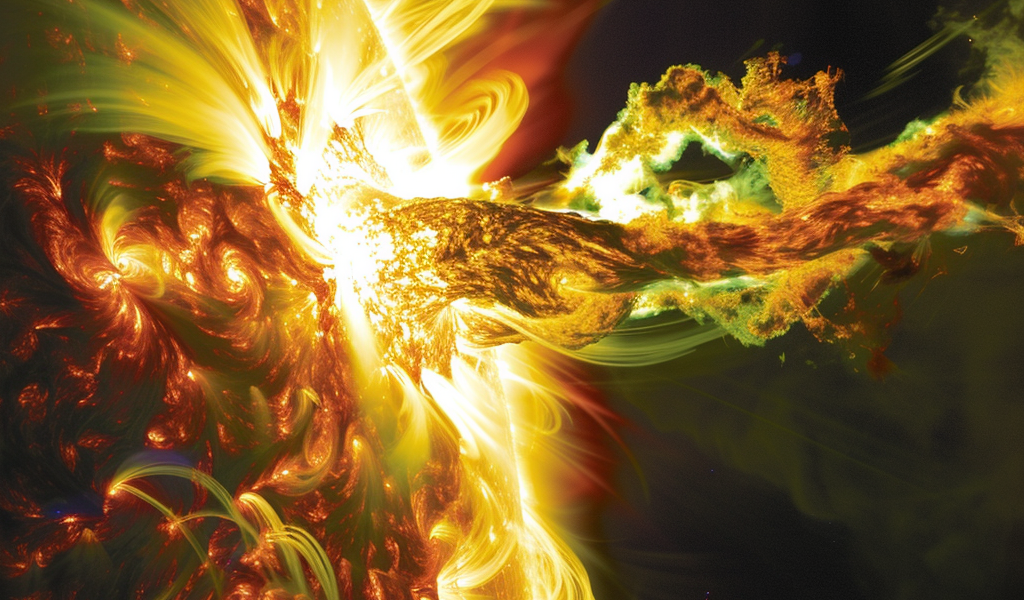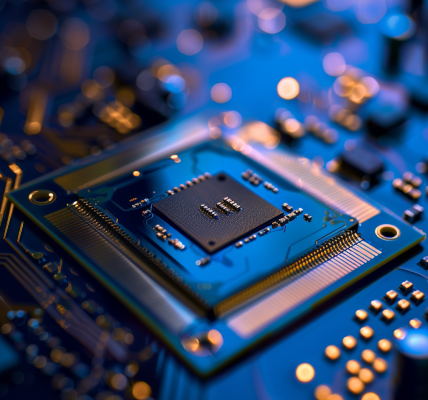In a fascinating development from our Sun, a significant solar flare has erupted from sunspot AR3842, marking the second strongest solar flare of the current solar cycle. This event, captured by NASA’s Solar Dynamics Observatory (SDO), has prompted experts to predict a series of radio blackouts and auroras on Earth in the coming days.
The solar flare, which occurred on October 1, has already caused a shortwave radio blackout over Hawaii, as reported by spaceweather.com. The National Oceanic and Atmospheric Administration’s Space Weather Prediction Center (SWPC) has warned that this flare could lead to further disruptions. Specifically, they anticipate a “wider area of strong degradation or signal loss in high frequency communication bands over much of the sunlit side of Earth.” This is particularly concerning for those relying on radio communications.
Sunspots, such as AR3842, are intriguing phenomena on the Sun’s surface. They are characterized by a magnetic field that is approximately 2,500 times stronger than that of Earth. This intense magnetic field creates a unique environment where the magnetic pressure increases while the surrounding atmospheric pressure drops. Consequently, the temperature in these regions is lower than in their surroundings because the strong magnetic field inhibits hot gases from the Sun’s interior from reaching the surface.
Solar flares, which are bursts of radiation emitted from sunspots, can have significant effects on Earth. The recent solar flare’s impulsive nature has raised the possibility of a related coronal mass ejection (CME), which involves the release of a large amount of electrically charged plasma from the Sun. The SWPC has indicated that they will analyze coronagraph imagery to confirm whether a CME has occurred and assess its potential impact on Earth.
In light of these developments, the SWPC has issued a watch for minor to strong geomagnetic storms expected between October 3 and October 5. These storms are anticipated to produce auroras visible in northern US states and parts of the lower Midwest. While some minor impacts on technological infrastructure are expected, officials believe these can be managed effectively.
As the geomagnetic storm progresses, the SWPC encourages the public to stay informed by monitoring their website for updates. This is particularly important for individuals and organizations that rely on high-frequency radio communications, as they may experience disruptions during this period.
Overall, the eruption of sunspot AR3842 serves as a reminder of the dynamic and sometimes unpredictable nature of solar activity. As scientists continue to study these phenomena, the potential implications for Earth and its technology remain a critical area of focus.
Stay tuned for further updates as this solar event unfolds.





